Back in 2020, Stephan Fleet detailed the visual effects for the second season of The Boys. After working on the third season, he’s here once again to talk about his work on the newest season of our beloved anti-heroes.
How did you organize the work with your VFX Producer?
We’re a lean team on The Boys, with fewer staff than other shows in our league. We use smart workflows to keep things light. Sean Tompkins, our producer, is more like a VFX managerial partner. While I focused on the creative side, he handled finance and scheduling. We’re a managerial dream team. Everything overlaps, and communication, kindness, listening, discussing, and attacking based on group thought and experience are the keys.
How did you choose the various vendors and split the work amongst them?
Experience and relationships. We’ve had the pleasure of working with many vendors on The Boys and GenV. We split work based on who excels at what. We call it “casting” – like choosing the perfect actor for a role.
I’m all about following talent. If someone’s got the passion and creativity, I follow them. It’s led to discovering incredible new vendors through the talent they hire.

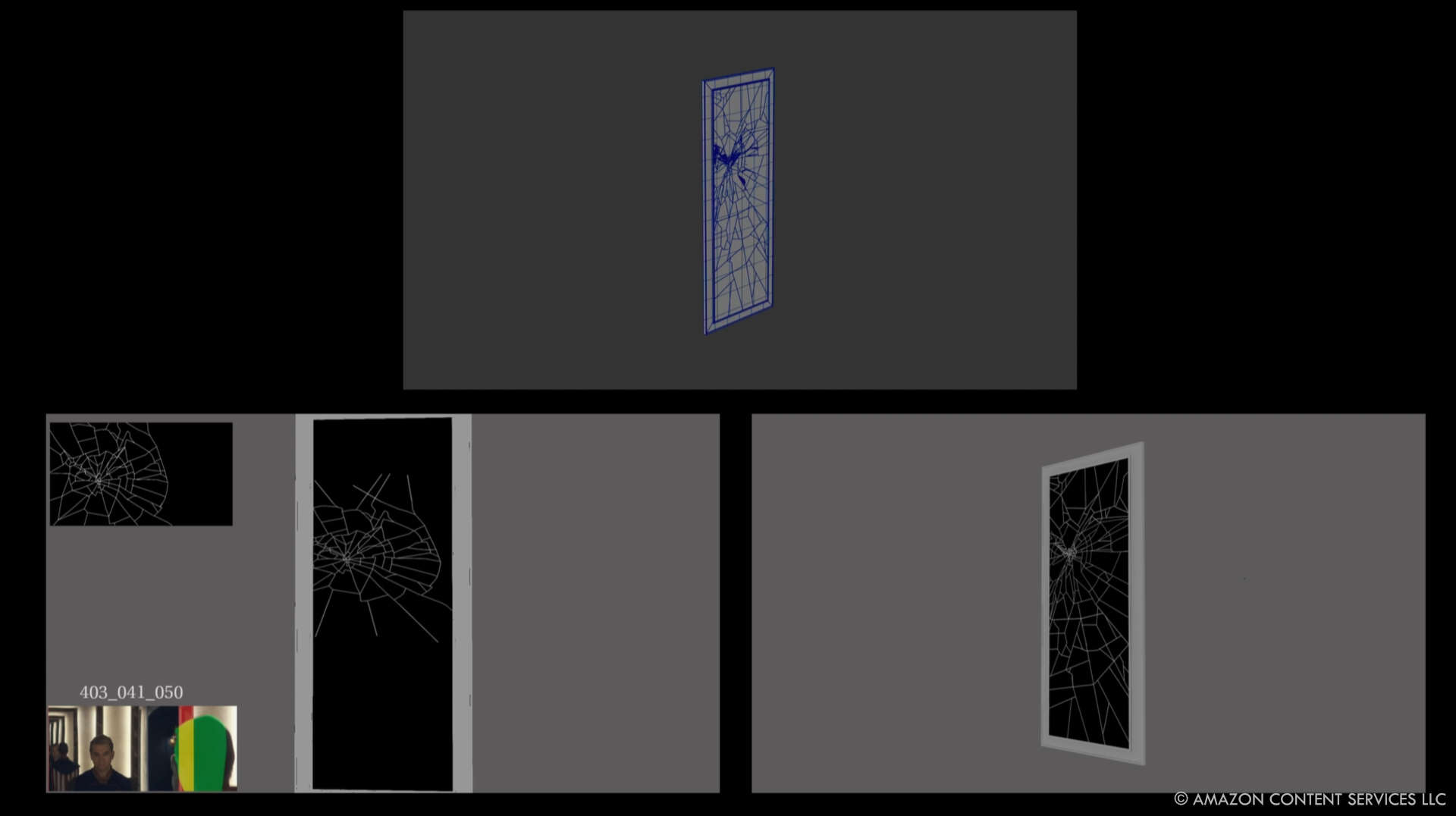

What is your role on set and how do you work with other departments?
I’m known as a “hands-on” VFX supervisor. I prefer a lean team and being on set. As the show grows, I’ve had to franchise out more. It’s a balance of meetings, prep, on-set work, and post-production.
I thrive on challenges. Complex sequences that require both creative and technical dives are my jam. If I don’t have detailed write-ups for each shot on a blue screen day, I feel off.
Collaboration with other departments is crucial. Stunts, Prosthetics, Camera, and SPFX are our frequent partners, but we work closely with everyone – from Costumes to Sound to Hair.




How has the approach to visual effects evolved from Season 3 to the new season of The Boys?
Each season is a learning curve. Post-Season 3 with all the COVID chaos, I felt the world was off-kilter. Season 4 was about leadership – steering through rough waters. I kept my signature sarcasm but emphasized my deep care for the team’s well-being. “Life First, Work Second” became my mantra. Happy lives lead to better work. I saw amazing talent bloom this season with minimal drama. For the first time, I felt a balance in life and work.
Can you describe some of the most challenging visual effects sequences in the new season?
Two shots stand out. The opening with Homelander in the bathroom was a subtle VFX touch but required tech-viz skills in Blender to design the camera move and modular set. I got to use my VFX skills to help production in a different way, which was super cool.
The introduction of Splinter was a complex motion control shot, requiring precise camera and crane movements. We rehearsed for hours with dancers before the actor performed every character, perfectly timed to a metronome.
Then there were the full CG sheep in episode 5 – fitting flying sheep with baboon teeth into a grounded world was a challenge. And the grotesque tentacles for Butcher, which involved a fun photoshoot with meat tubes. Who else gets to do that for work?


What new technologies or techniques were introduced in the latest season to enhance the visual effects?
We’re conservative by design. No volume work, and minimal blue or green screen. We introduced fast portable witness cameras using Tentacles, syncing timecode from sound for perfect footage alignment.
Our backend solution is slick. We use Airtable as our hub, linked through scripting to Shotgrid (flow studio pro++ or whatever it is now) and an on-set filemaker database I created.
My favorite feature is that all onset data is instantly uploaded and organized in Airtable every night. So we can give one very searchable link to vendors of our entire set data for the season.
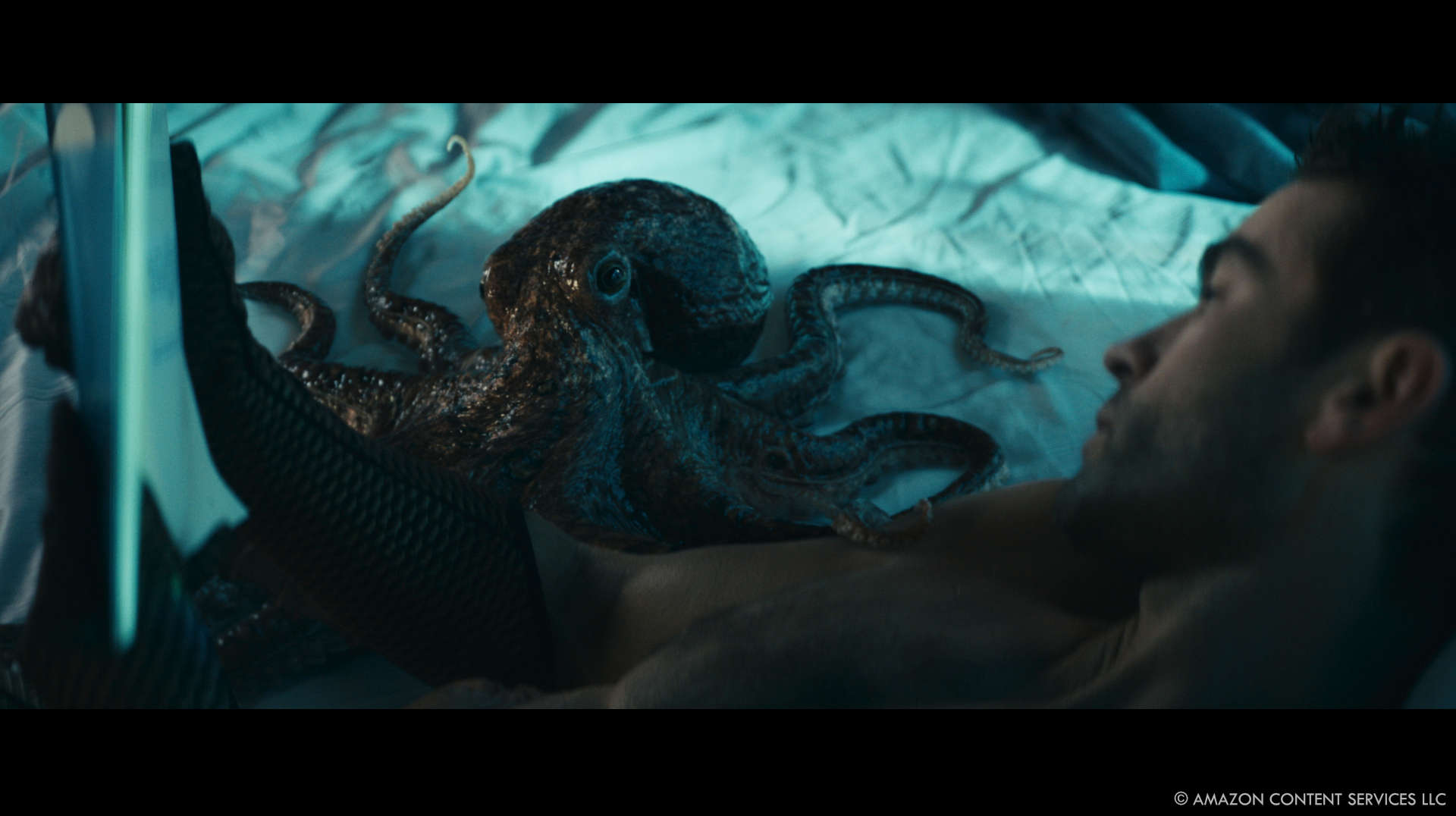
How do you balance the need for realism with the show’s signature over-the-top gore and outrageous sequences?
I’ve got a good tuning fork for the show’s tone. We start with realism and dive into absurdity as needed. Real-world examples guide us – I create “TED talks” videos for the team, like one on molten metal for Season 2.
Blood and gore are exaggerated for effect. We learned this in Season 1 with Translucent’s fight – we couldn’t see him with a “realistic” amount of blood spit on him. Realism sometimes hides or does not compliment the action and tone. It’s about perception and visibility. Sometimes it’s hyper-realism and even theater of the absurd.
Lighting is crucial for grounded VFX. It has to match the scene’s reality, otherwise it looks fake.
Then you build up this repertory of things. Like whenever we blow up a head, we love to do this last minute arterial spray. It’s just funny!
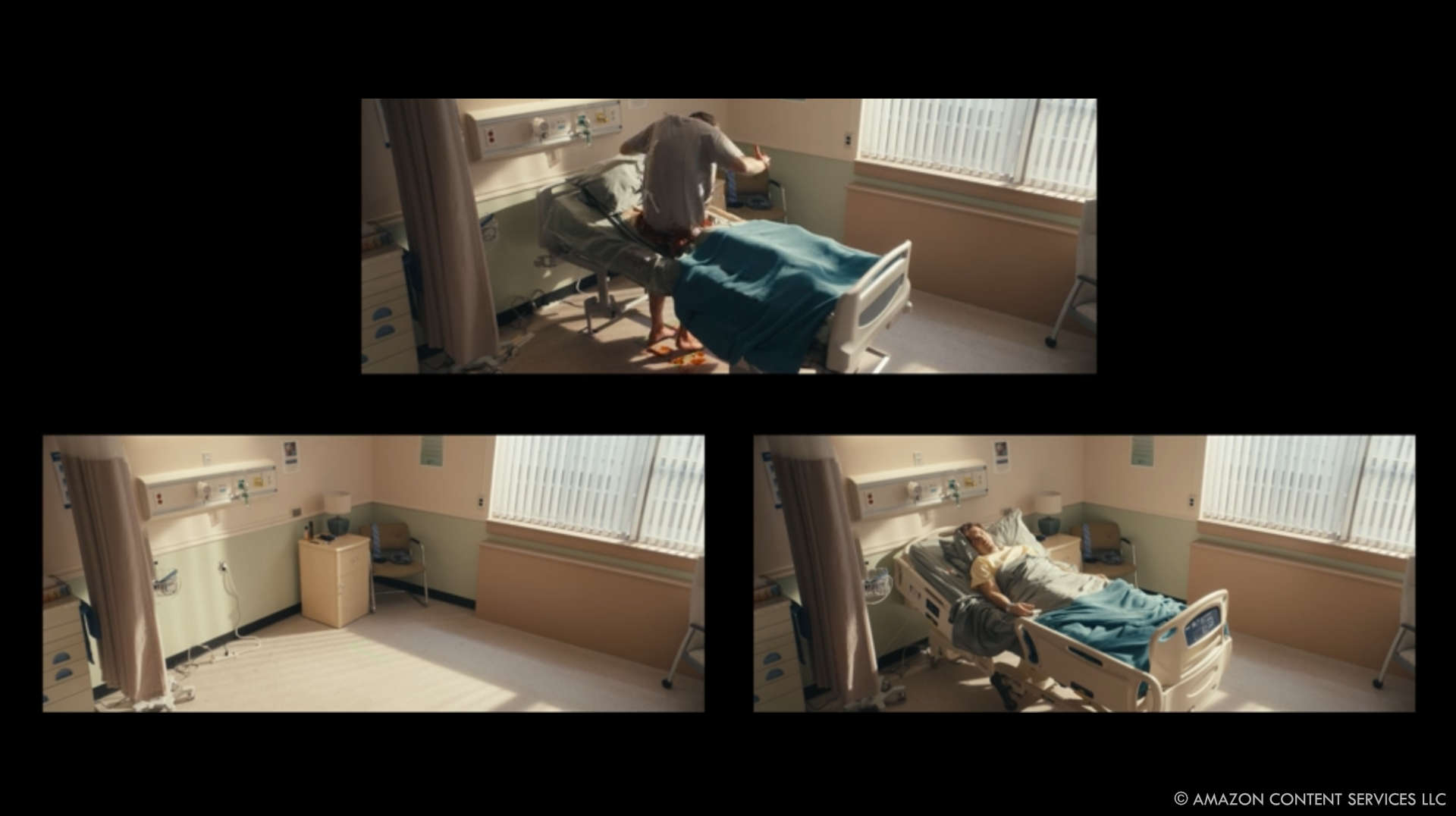


Were there any specific inspirations or references for the visual effects in the new season?
Inspiration is everywhere. Fireracker’s powers were inspired by a Zippo lighter, Butcher’s tentacles by carcinoma, and Zoey’s face eels by a weird tweet of baby eels. Each gag has its muse.
How did the collaboration process work between the VFX team and the directors during filming?
Really well. I love directing and love directors. I have a lot of respect for them. Especially in a strange tv/streaming landscape where they come in and out like visitor and need to take command very quickly. My goal is to help them along. And, of course, help the show.
I also think now that we are several seasons in and sorta a proven thing in VFX, I get a lot of trust from directors. They know I’m coming from a place of truth and just wanting to make their work look the best as possible. We pulled off some really complex stuff this season. The Splinter fight was 4 insane days. And I can’t imagine anyone but Karen Gaviola pulling it off!

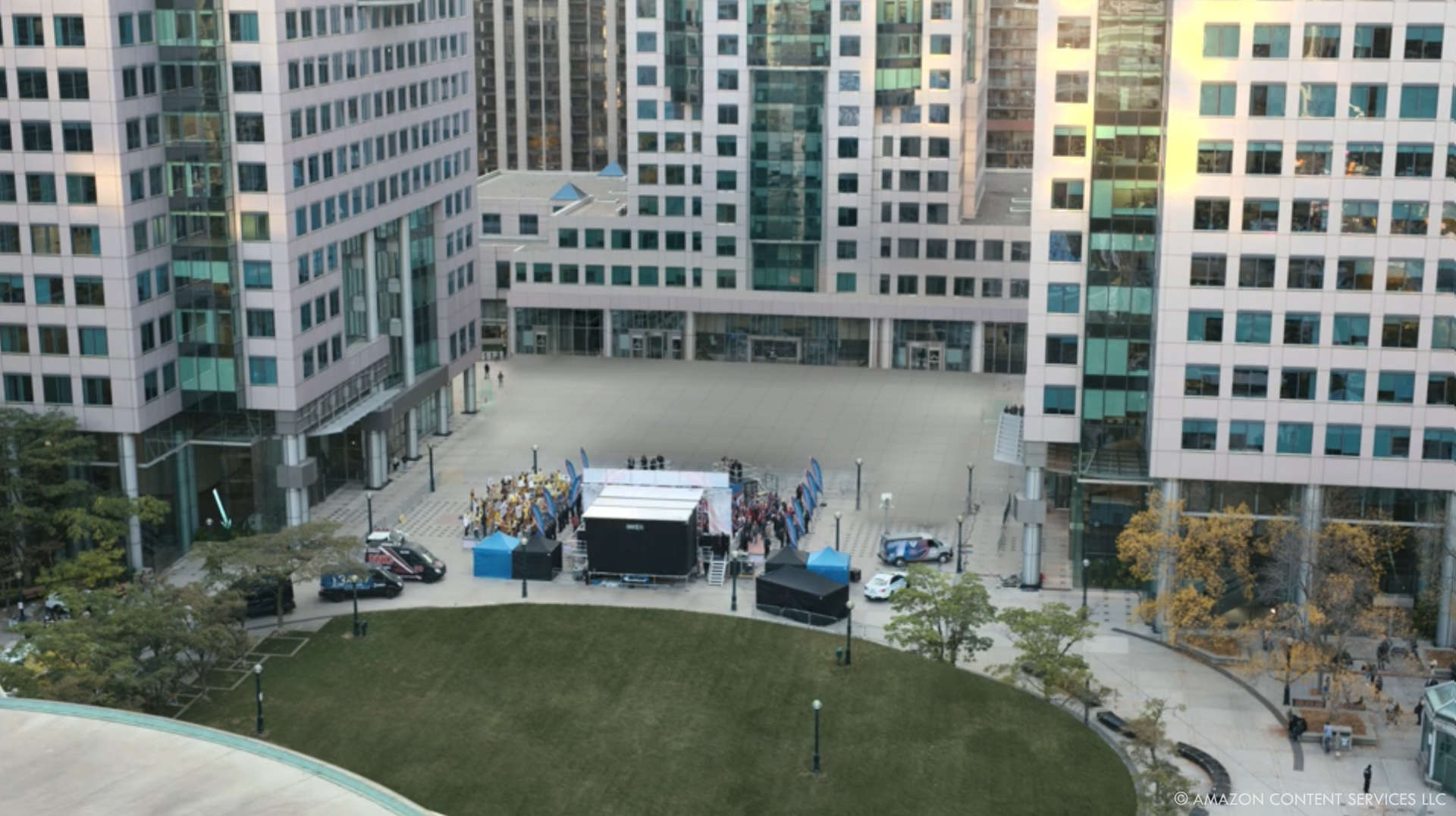



Can you walk us through the creation of a particularly complex visual effects scene from the new season?
Let’s talk about Splinter! And not the sauna scene, that’s pretty straight forward step-and-repeat lock off stuff – let’s talk about the cloning and the big fight.
For starters, it’s a pretty long fight! John Koyama (Stunt Coordinator) and I met in LA, maybe like 3 years ago now, and had just heard about this fight and instantly were like – that’s a thing!
We have clones – that are naked! So not only do their faces have to match but, uh, other appendages as well.
So the way it worked was – Koy stunt-vized the whole thing. VFX then filmed/mapped his stunt viz and animated is action into the actual shooting location. We then figured out what would be face replacement, what would be clever edits, and what needed prosthetics.
Speaking of prosthetics – Zane, leader of our MUFX team, designed a special pair of underwear with a matching penis application on the front. So all those naked clones… aren’t really naked, it’s a prosthetic overlay with some VFX sweetening of the seams!



For the actual cloning. Tristan, our VFX Supe at Pixomondo, and I dove in deep with previs. We then filmed some motion control and static shots on a blue screen day with Rob, the actor, to get him to do all the actions. He was a real pro!
We’d already shot the action and had the BG plates on the blue screen day, so we matched the lighting tightly and away we went into R&D for what we called “cellular mitosis.”
It was a long and involved process. The goal was for no one to ever see any visilble face replacement or even think for a second about what the visual effects were in the scene. We just wanted them to accep there were multiples of him, and show how he made clones.
And I feel like it was a big success!

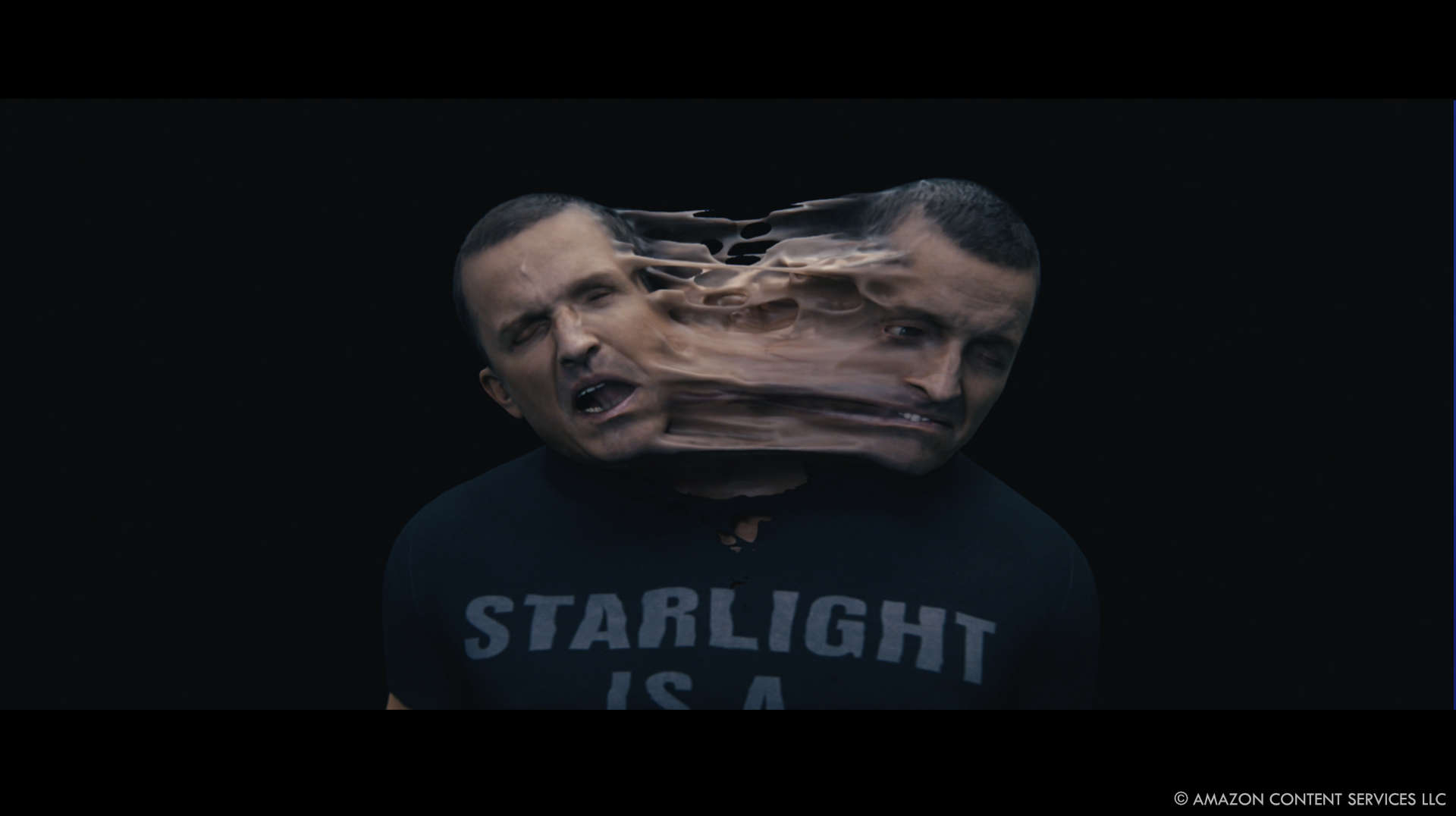
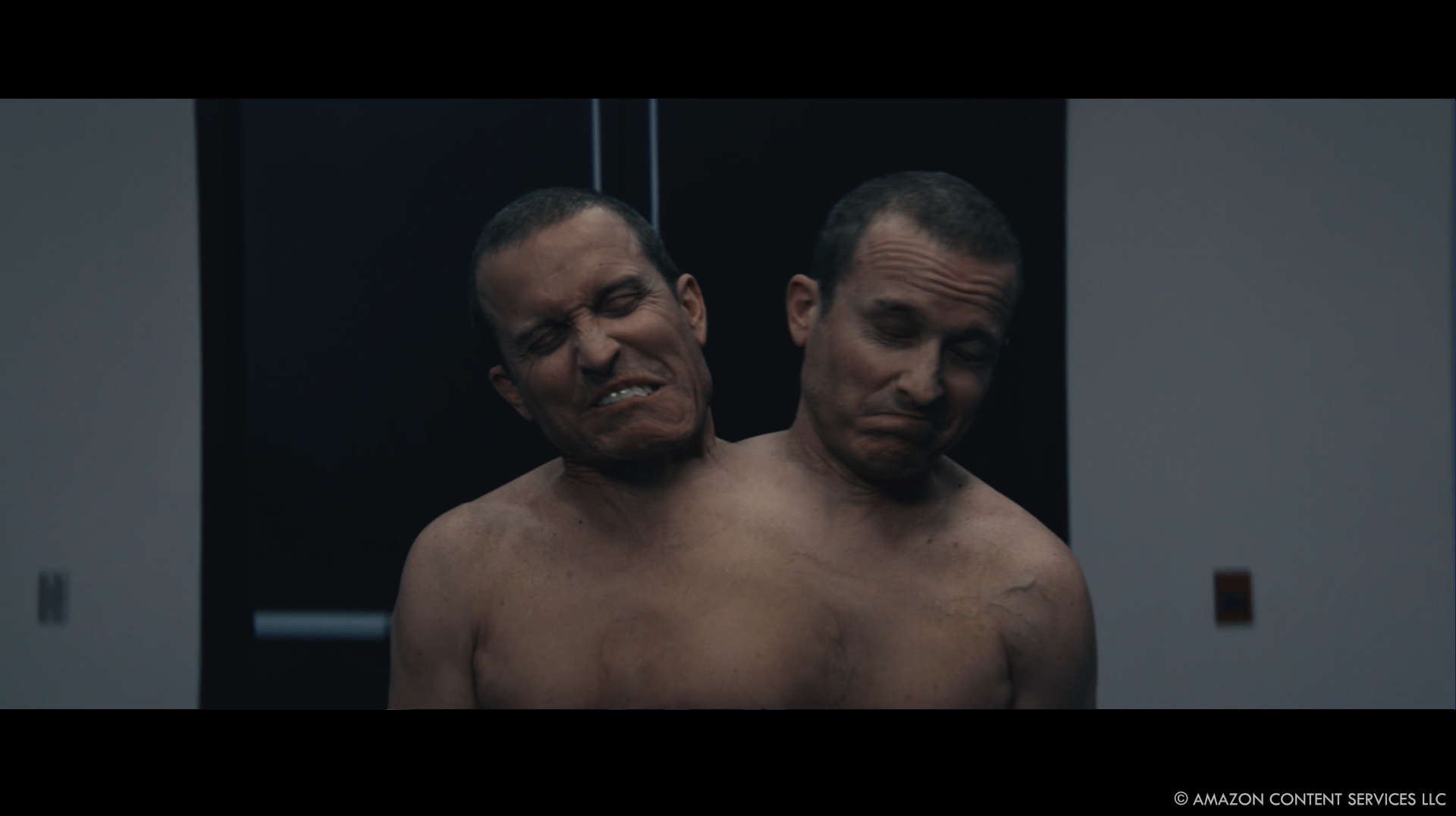

What were some of the biggest obstacles the VFX team faced this season, and how were they overcome?
Schedules, winter filming in Toronto, industry strikes, and VFX landscape changes – all tough, but we adapted and pushed through.
How do you ensure continuity in visual effects quality and style between seasons?
Hands-on review process. Eric Kripke and I do detailed weekly reviews, often for hours. It’s about maintaining high standards and consistency.
How do you handle the integration of practical effects with CGI to create seamless scenes?
Start practical, move to VFX only if necessary. (Spoilers, it’s often necessary. I think audiences that aren’t in the field may be a bit one sided based on anti-vfx marketing these days). Planning each shot in detail is essential. Practical effects ground the scene, with CGI enhancing it when needed.
What role did pre-visualization play in planning and executing the visual effects for the new season?
Previs is my thing. It solves many on-set problems by showing realistic shots in realistic locations. Once creative previs is locked, it turns into tech viz, providing clear visual guides for the crew.
Sometimes I do it myself, but 9-% these days we use a great company called CNCPT out of Texas, and they’ve been a huge asset. Their owner, John Griffith, is really a filmmaker in his own right. He get’s camera and the art as much as the technical.
One of the biggest compliments I received this last season was on one of our early blue screen days. It’s for Kimiko and gang jumping out that window. I planned the shit out of it. Did my tech viz thing in Blender. And had a document with a plan for each and every shot. Ball park where camera and lights would go etc. Dylan, the DP, was so kind. He came up to me and said something like “Thank you, this was the most planned out blue screen day I’ve ever shot!” – That felt like I did something right!

How do you approach the depiction of superpowers in a way that feels fresh and innovative?
It’s tough, but we try and ground them in real world properties as well. How does light react in this location? What would a real cloning guy look like? Would his clothes stay on? No of course not.
Like I said earlier, you start with “real” then work your way backwards from there.
That’s why things like glowing people and light based effects don’t work as well in our world. Unless the light is seriously motivated. Like eye-lasers are based on real laserse and Annie’s powers are based on photography strobes… anything just glowing looks fake to us.

Can you share any behind-the-scenes stories or anecdotes about the visual effects production?
Here’s one. When we were filming a test of a stunt person in a Splinter Penis prosthetic doing some acrobatics, the prosthetic snapped off, and unbeknownst to me, was filled with some metal shot for weight… so it snapped off and all hit me in the chest. I was fine, no one was hurt. I think I was just more in shock than anything. I remember a bunch of kind Stunts people coming to my aid – but all I could think was that I was just attacked by this flying rubber penis and metal shot! You don’t hear this story on other shows.
Were there any memorable moments or scenes from the series that you found particularly rewarding or challenging to work on from a visual effects standpoint?
Yes, many that I illustrated above. Splinter is a big one for me. Also Ambrosious the octopus, done by MPC Toronto. That was a really fun one. We had the asset down from Season 3, but we got to really craft this performance and story with her. Little things like putting the little Deep Sea Captain figurine in the tank for her to play with – all these details. Lots of fun!
The sheep. Butcher’s tentacles. I also really liked the melting fudgie cake in episode 4. I filmed it in my apartment with a heat gun and we comped it in. That felt right.




Looking back on the project, what aspects of the visual effects are you most proud of?
More than any shot – I’m proud of the VFX team and our approach to the season. I’d like ot think our camaraderie and love for the work and respect for each other shines through in every shot.
How long have you worked on this show?
I had my first early meeting in April of 2018 and we started filming later that year!
What’s the VFX shots count?
I wanna say around 1600. We are on the lighter side of the superhero medium – very much by design.
What is your next project?
I just directed a fun Liquid Death X Boys tie in commercial. Now I have a few personal projects. I’m a Co-Producer on GenV… and then it’s back for Season 5 baby!
A big thanks for your time.
WANT TO KNOW MORE?
DNEG: Dedicated page about The Boys – Season 4 on DNEG website.
Ingenuity Studios: Dedicated page about The Boys – Season 4 on Ingenuity Studios website.
Rocket Science VFX: Dedicated page about The Boys – Season 4 on Rocket Science VFX website.
Spin VFX: Dedicated page about The Boys – Season 4 on Spin VFX website.
© Vincent Frei – The Art of VFX – 2024




